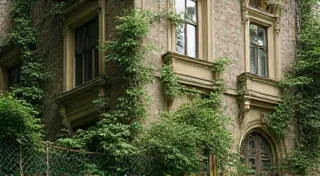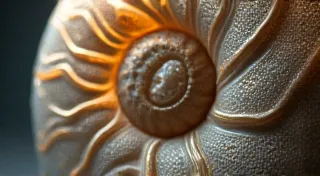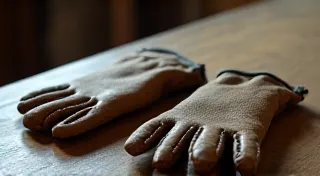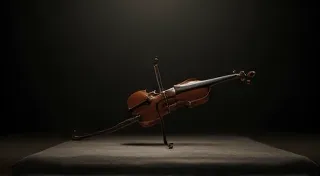Needlepoint of Time: How Material Tells a Narrative
There’s a quiet beauty in holding an antique knitting needle. It’s more than just a tool; it's a tangible echo of the hands that crafted it, the lives intertwined with its purpose, and the era that shaped its very existence. As a collector, I'm not merely drawn to their form or function. I’m captivated by the story whispered by the materials themselves – a needlepoint of time, revealing glimpses into societal shifts, resource availability, and the remarkable ingenuity of craftspeople throughout history.
The Bone & Horn Years: Practicality and Abundance
The earliest documented knitting needles, dating back to the 16th century, were often fashioned from readily available materials – bone, horn, and wood. These weren’t luxury items; they were essential tools for a society reliant on handmade textiles for warmth and survival. Bone, particularly cattle bone, was abundant and easy to shape. The inherent curvature of horn, especially that of sheep and goats, lent itself beautifully to the tapered form of a needle. These materials weren’t selected for aesthetics, but for their practicality and accessibility. Imagine the farm wife, the widow, the young woman meticulously hand-knitting stockings or a shawl, her tools crafted from the very animals that provided sustenance. It’s a humbling connection to a simpler, more demanding past.
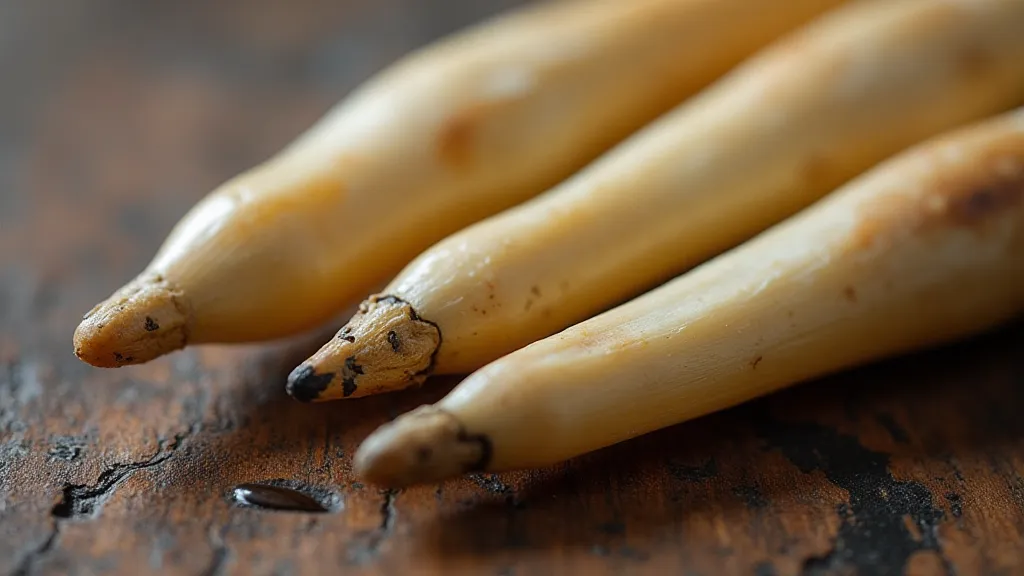
My grandmother, a woman of remarkable strength and resilience, taught me to knit. She used a set of bone needles that had been passed down through generations. They were smooth from years of use, bearing the faintest patina of time. Holding them, I felt an immediate kinship with the women who had come before me, a silent understanding of the labor and skill that went into creating something beautiful and functional from so little.
Ivory’s Reign: Status and Changing Tides
As societies evolved and trade routes expanded, ivory – primarily from elephants – became a material of choice for knitting needles, particularly during the 18th and 19th centuries. This shift marked a significant change. Ivory needles were no longer just tools; they were status symbols, indicative of wealth and privilege. The labor involved in acquiring and shaping ivory was considerable, driving up the cost and restricting ownership to a more affluent class. The elegance and smoothness of ivory needles were undeniably appealing, reflecting a growing emphasis on refinement and luxury in the burgeoning middle class. Understanding the nuanced variations in design and regional preferences during this period offers a deeper appreciation for the craft; exploring the cartographer of thread can reveal more about these shifts.
The acquisition of ivory, however, carries a darker history. The global ivory trade, particularly during the 19th century, was inextricably linked to exploitation and environmental degradation. Understanding this history is crucial when appreciating antique ivory knitting needles. While they are beautiful objects, they also serve as a stark reminder of the consequences of unchecked demand and unsustainable practices. Responsible collecting requires awareness and a commitment to ethical sourcing, where possible.
Wood's Return: A Response to Change
The rise of industrialization in the late 19th and early 20th centuries brought about a renewed appreciation for wood as a material for knitting needles. The growing awareness of the ethical concerns surrounding ivory, combined with the increasing availability of affordable, mass-produced metal needles, contributed to this shift. Wood offered a sustainable and aesthetically pleasing alternative.
Different woods were favoured for their characteristics: rosewood for its rich colour and smooth grain, ebony for its stark beauty, and boxwood for its durability. The craftsmanship employed in shaping wooden needles was often exquisite, with meticulous attention paid to detail. The warmth and tactile quality of wood offered a connection to nature that was increasingly valued in a rapidly industrializing world.
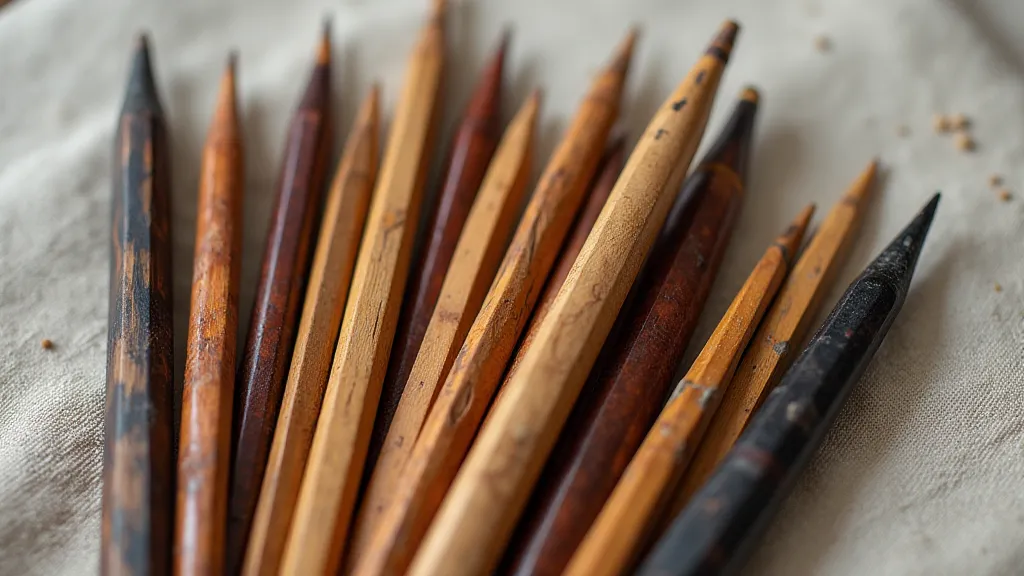
The Details That Tell the Story
Beyond the primary material, subtle details offer valuable insights into the age and origin of antique knitting needles. The shape of the point – blunt, tapered, or diamond-shaped – varied depending on the era and intended use. The presence or absence of a decorative band or ring near the tip can indicate a particular region or workshop. Even the wear patterns on the needle, the slight imperfections in the finish, and the faint scent of age all contribute to the overall narrative.
For instance, a pair of ivory needles with a distinctive floral carving near the tip might suggest a French origin, while a pair of bone needles with a simple, utilitarian design might point to a more rural, agricultural background. The length of the needles also provides clues; longer needles were often used for larger projects like blankets or sweaters, while shorter needles were better suited for finer work like socks or gloves. It’s fascinating how closely related regional styles often are, a perspective wonderfully explored in the whispers of bone, which delves into the nuances of these variations.
Restoration and Responsible Collecting
Restoring antique knitting needles requires a delicate touch and a deep respect for their history. Cleaning should be done gently, using mild soap and water. Harsh chemicals or abrasive materials should be avoided at all costs. If repairs are necessary, they should be undertaken by a skilled craftsperson who understands the importance of preserving the needle's original character.
Responsible collecting involves more than just acquiring beautiful objects. It requires a commitment to ethical sourcing, a willingness to learn about the history and provenance of the needles, and a desire to share their stories with others. By appreciating the needlepoint of time – the narrative woven into the materials themselves – we can connect with the past in a meaningful and enriching way. The study of regional variations within these collections is a deep and rewarding field; a detailed analysis of the distinguishing factors is provided in the subtle art of knowing.
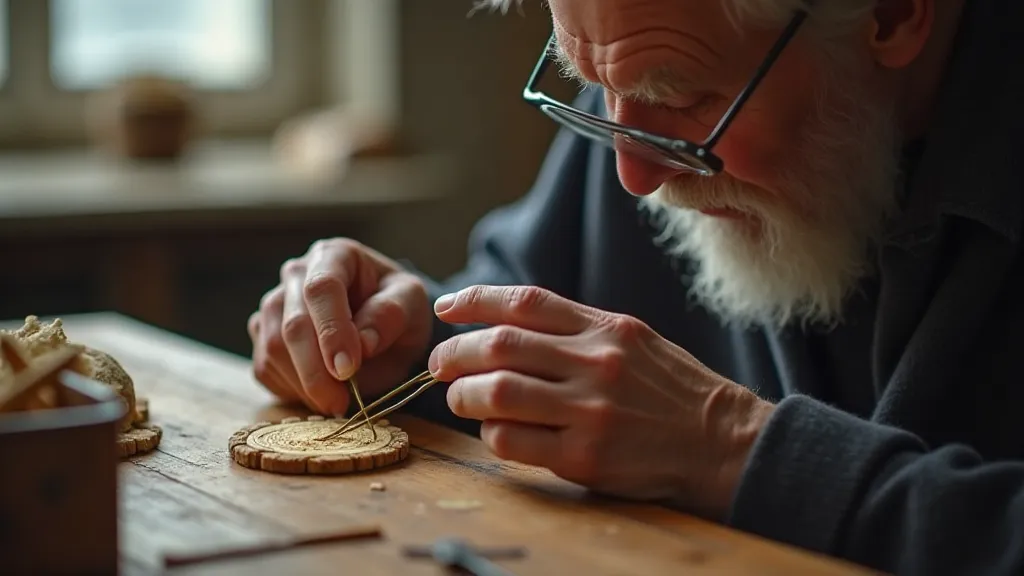
The next time you hold an antique knitting needle, take a moment to appreciate the journey it has taken – the hands that crafted it, the lives intertwined with its purpose, and the era that shaped its very existence. You’re not just holding a tool; you’re holding a piece of history. Consider the evolution of design and pattern itself, as explored further in the gardener of patterns, which examines the interplay of cultural influences on knitting.
The journey of a knitting needle is so much more than the simple conveyance of thread; it's a microcosm of human history. It reflects resource availability, societal shifts, and the enduring human need to create. The stories embedded within these artifacts are not merely aesthetic; they are tangible links to the past.
Expanding our understanding beyond material alone involves acknowledging the intricate relationship between tools, techniques, and cultural contexts. Knitting, often perceived as a domestic craft, has played a significant role in shaping economies and fostering communities. The evolution of knitting itself, from functional necessity to art form, is a testament to human ingenuity and adaptability. This evolution is not uniform; variations abound, influenced by geographic location, available resources, and prevailing social norms.
The study of antique knitting needles is not just an exercise in historical appreciation; it's a gateway to understanding the broader tapestry of human civilization. Each needle tells a story, and by listening to these stories, we can gain a deeper appreciation for the past and its enduring influence on the present. From the earliest bone and horn tools to the later ivory and wood creations, each represents a chapter in a continuing narrative of human innovation and artistry.
